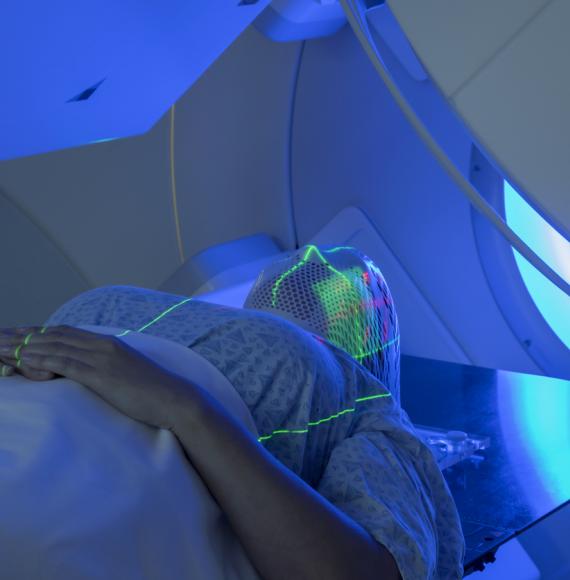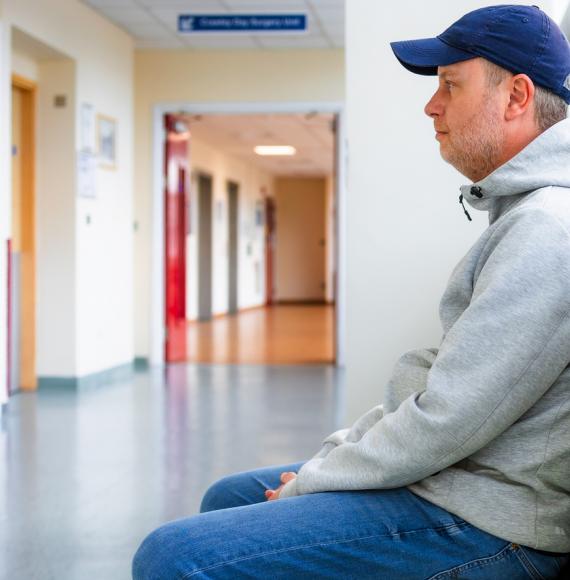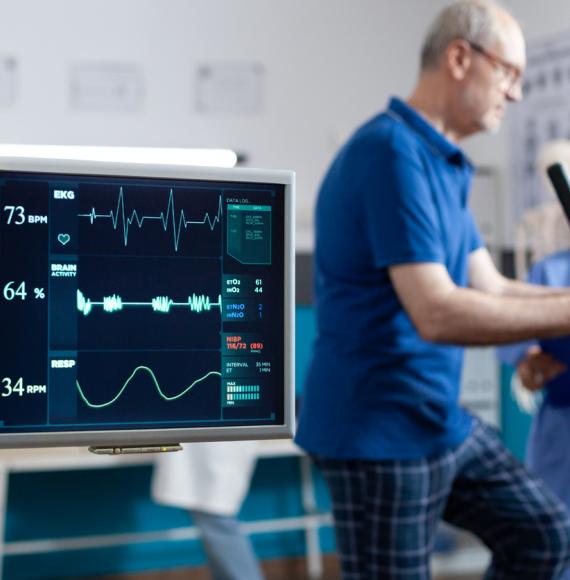NHS Digital have published the annual statistics pertaining to the costs of running the NHS estate and their findings have given a glimpse into the size of the financial hole patient backlog is burning in the NHS’s pocket.
The figures, published yesterday, relate to the costs of providing, maintaining, and servicing of the NHS estate and includes both local and national level information from all NHS trusts operating in England that delivered secondary care or ambulance services between the 1st of April 2021 and the 31st of March 2022.
The report, titled The Estates Return Information Collection 2021-22, contains data from 212 trusts and 10 ambulance trusts and includes comparisons in areas like safety, waste, car parking, utilities, finances, buildings, and inpatient food.
The main findings in the report were that:
- The total cost of running the NHS estate was £11.1bn – an 8.8% increase on 2020/21
- The total energy usage from all energy source across the NHS estate was 11.7 billion kWh – a 2.6% increase on 2020/21
- The total cost to eradicate backlog was £10.2bn – an 11% increase on 2020/21
- The total cost of cleaning services was £1.2bn – a 7.5% increase on 2020/21
- The total cost of providing inpatient food was £0.7bn – an 6.9% increase on 2020/21
Whilst some of these figures are currently marked as unreliable in NHS Digital’s report due to mismatched definitions since the last report, the costs provide insight into how costly backlog has become, and will continue to be.
The report also highlights how important renewable and sustainable energy supplies will be in the NHS’s future, as it continues to work towards its 2040 net zero targets.
If you want to hear more about NHS estates, you can sign up for our virtual event on the 24th of November that will cover everything from construction and refurbishment, all the way to sustainability and patient experience.



















